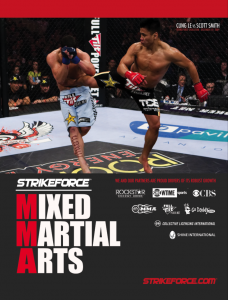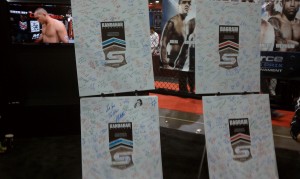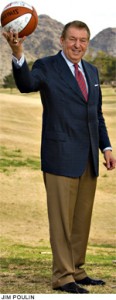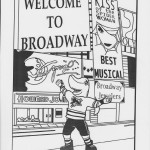On March 17, 1995 the San Jose Sharks, with my guidance, the programming assistance of a St. John’s University junior and the encouragement of franchise owner George Gund, became the second pro sports team in the world to mount a web site.
 We beat the major pro sport leagues to the internet, including the National Hockey League, and followed only the Seattle Mariners, who had launched their site to connect with disenfranchised fans during the Major League Baseball stoppage late in the 1994 season. This was a decade before the blogosphere and social media explosions. An early home page appears here.
We beat the major pro sport leagues to the internet, including the National Hockey League, and followed only the Seattle Mariners, who had launched their site to connect with disenfranchised fans during the Major League Baseball stoppage late in the 1994 season. This was a decade before the blogosphere and social media explosions. An early home page appears here.
In fact, upon hearing that we had just gone live, Sun Microsystems President Scott McNealy looked at me incredulously one night at a game and exclaimed, “You’ve got to be kidding! The Sharks have a web site? The Sharks? . . . How can we help you?” Between periods, he introduced me to Ed Zander, who then introduced us to others and Sun became our first technology partner/sponsor. Before then, we had been unable to demonstrate to Silicon Valley companies the linkage and shared interests between technology and sports.
This type of partnership is now a prominent part of sports industry revenue streams and a highly effective way for technology companies to reach “C” level decision makers and tech savvy consumers.
Organizing across functions within sports entities to assess, embrace and effectively implement new technologies, however, remains a work in progress.





